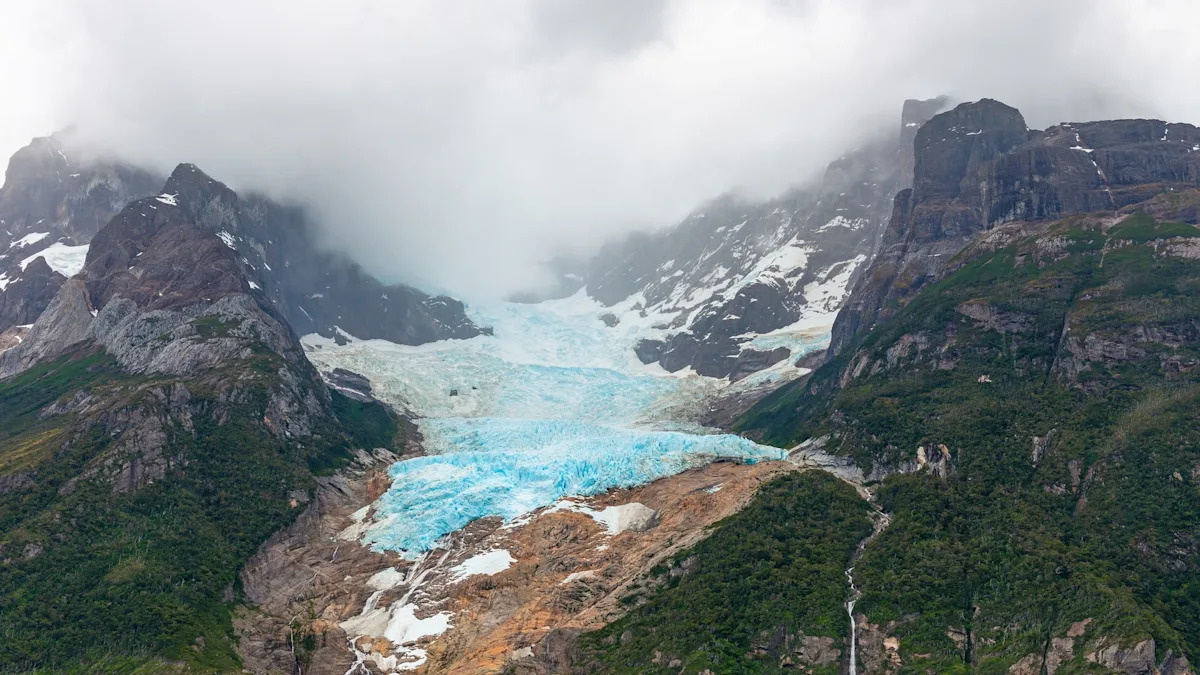As ice caps melt, researchers warn that dormant volcanoes could erupt — and the ripple effects could hit closer to home than you think.
What’s happening?
Scientists say melting glaciers might do more than raise sea levels — they could also stir sleeping giants beneath the Earth’s surface, according to Inside Climate News.
At a recent science conference in Prague, researchers presented findings showing that shrinking glaciers can trigger volcanic eruptions. A team supported by the National Science Foundation analyzed six volcanoes in the Chilean Andes and found that, thousands of years ago, volcanoes became more active as the last ice age ended. The reason? Less weight holding down the magma.
“When you take the load off, it’s just like opening a Coca-Cola bottle or a champagne bottle,” said Brad Singer, a geologist at the University of Wisconsin-Madison, per ICN.
This shift doesn’t just apply to the Andes — scientists warn that as ice sheets continue to retreat in places like Alaska, Iceland, and Antarctica, once-quiet volcanoes could come roaring back to life.
Why are these findings concerning?
Volcanic eruptions aren’t just dramatic — they can be dangerous and far-reaching. Ash can ground planes, contaminate water, and choke crops. If one erupts during another extreme event — such as a heat wave, wildfire, or severe storm — it could overwhelm already strained systems.
Watch now: Giant snails invading New York City?
That’s not all that melting ice is changing. Higher tides are worsening flooding during storms, and shifting temperatures are expanding the range of mosquitoes that spread disease. While extreme weather events aren’t new, scientists have found that human activity is making many of them more intense — almost like putting extreme weather on steroids.
What’s being done about it?
Scientists are working on better ways to monitor volcanoes and spot warning signs earlier, but preparation doesn’t stop with research.
Cities are making changes on the ground — from planting more trees to cool neighborhoods, to updating infrastructure and emergency plans. And plenty of groups are stepping up in creative ways. Re:wild is protecting wild spaces that absorb carbon, and Trashie is helping people recycle everything from old sneakers to worn-out clothes instead of sending them to landfills.
You, too, can make a difference by exploring critical climate issues. Cutting back on food waste, switching to reusable products, and supporting clean transportation are all great ways to make a difference at home.
Join our free newsletter for good news and useful tips, and don’t miss this cool list of easy ways to help yourself while helping the planet.
